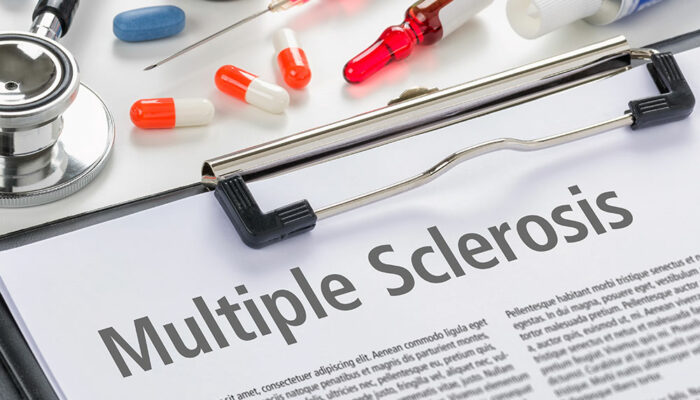
Symptoms and Stages of Prostate Cancer
Prostate cancer is a carcinoma that develops in the prostate gland. It is one of the more common forms of cancer affecting only men as the condition develops in the male reproductive organ. Due to a mutation in healthy cells, the cancer can develop in the gland and spread to nearby organs, bone, and lymph nodes also putting distant organs at risk. Here is a brief overview of its known symptoms and stages.
1. Warning Signs of Prostate Cancer
The early and advanced indicators of this condition are
- Early Stages
Patients may experience frequent trouble with urination, including pain and difficulty initiating or maintaining a stream. Loss of bladder control may lead to an increased urge to urinate at night and sometimes even result in a decreased rate of flow. At times, blood in the urine caused by a condition called hematuria is also a common symptom. Other symptoms include pain during releasing semen, blood in the semen, and even possible cases of erectile dysfunction. - Advanced Stages
As the cancer progresses, the symptoms may also intensify and result in other complications around the surrounding organs. This includes pain or swelling in the legs, numbness in the feet, and increased risk of fracture due to bone problems. Some people may even experience difficulty in breathing, develop lesser likely symptoms of jaundice, experience lower back pain, and may be more fatigued in general.
2. Stages of Prostate Cancer
Prostate cancer initially develops as a tumor in the gland and gradually spreads to other regions and organs in the body using the lymph node system. When the cancer reaches metastasis, it will rapidly affect and infect the cells in the vicinity.
- Stage 1
Clinically referred to as T1 stage, the tumor is not detectable with a routine digital rectal exam. Often, these tumors are found during another ongoing surgery or biopsy procedure to done to diagnose and treat associated health complications. The cancer usually starts to grow on one side of the prostate and does not spread beyond the gland. - Stage 2
In stage 2, the cancer hasn’t spread beyond the gland yet but the chances are now the cancerous cells may develop on both sides of the prostate. It is possible to feel the tumor during a digital rectal exam due to its increased size. The tumor will only affect one or both sides of the gland but does not necessarily spread to the seminal vesicles. - Stage 3
At this stage, the tumor gradually spreads to the seminal vesicle and may start affecting the potency of the organ. The cancer cells may affect nearby tissues but do not necessarily spread to the lymph nodes or go beyond the local region of the organ. - Stage 4
In the final stages of prostate cancer, the tumor has now spread to the lymph nodes and is isolated in the region. It may even happen that the cancer is also spreading aggressively to the bone and distant organs in the body.



